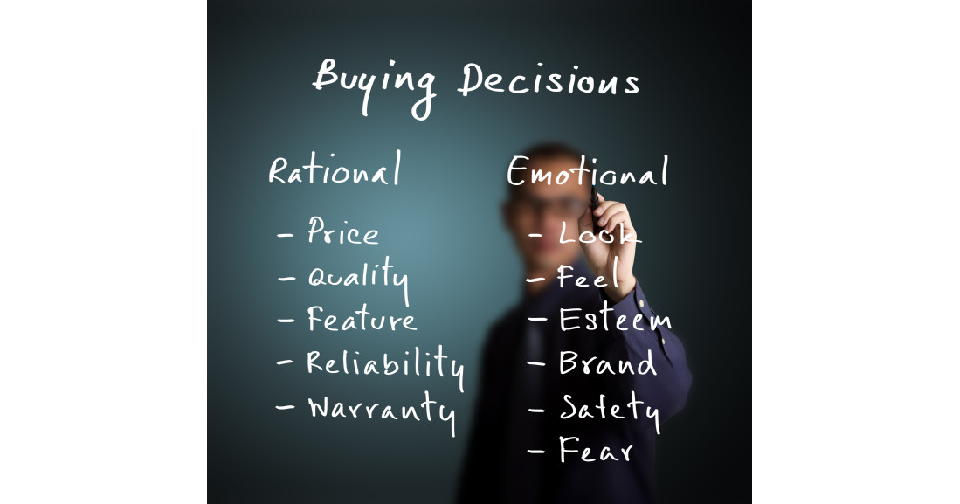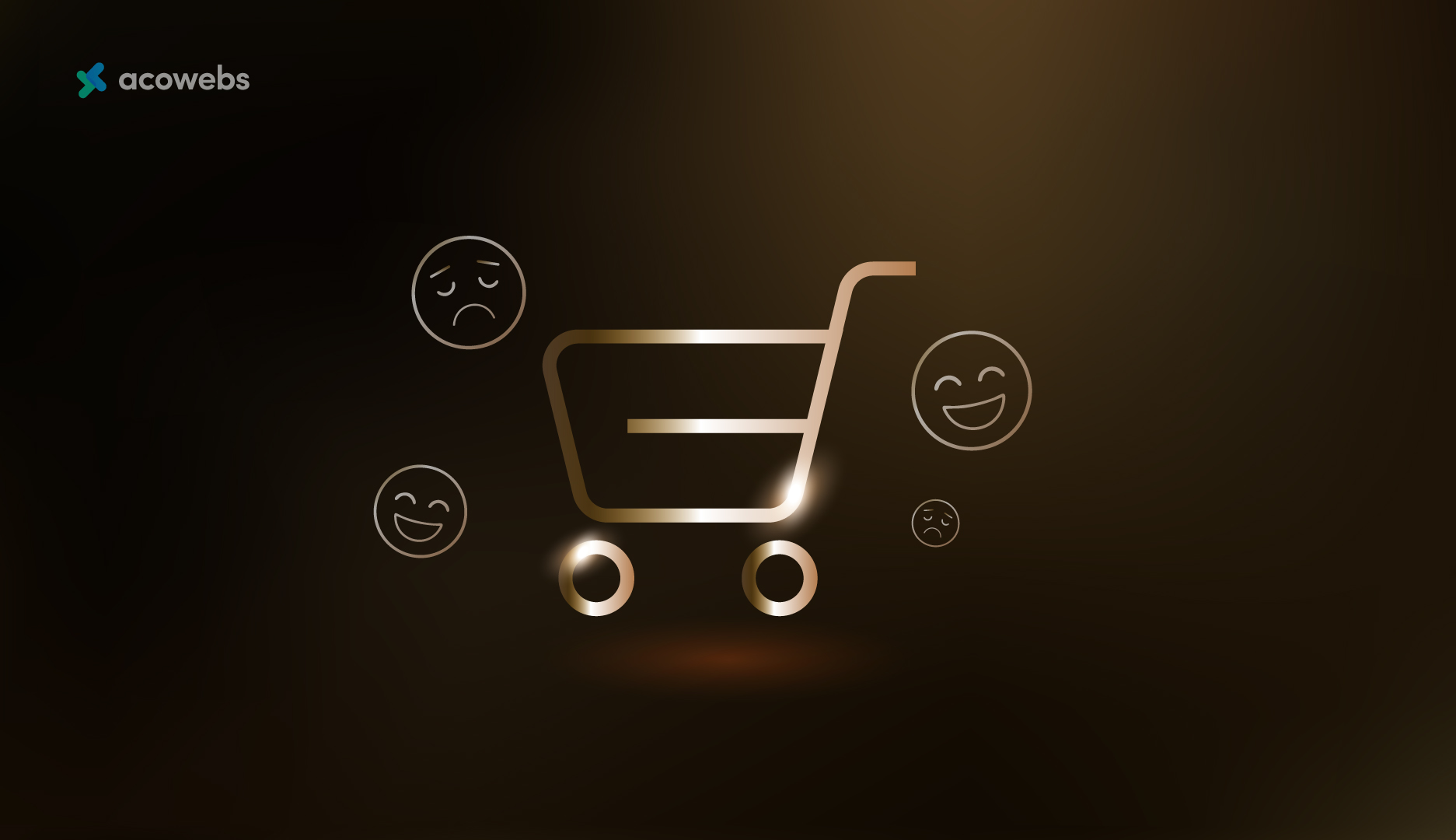Emotional commerce is a marketing strategy where brands connect with customers by tapping into their emotions like joy, nostalgia, trust, or even fear to drive purchasing decisions. Instead of just highlighting product features or prices (the logical side of buying), it focuses on making people feel something meaningful about a brand.
For Emotional Commerce, businesses try to connect with customers’ feelings and shape experiences that really make an impression. This type of sales approach isn’t limited to old methods, but looks for products and services that can fit the customer’s emotional needs. Experimenting with mood-based bundles allows brands to build loyal relationships and help sales.
Understanding Emotional Commerce
Products that work in tandem to create a mood are vital in Emotional Commerce. The collections are created to reflect common emotional states, so choosing items to buy is uncomplicated and pleasant. An example is a “Joyful Moments” bundle with some colorful flowers, an uplifting music subscription, and handmade chocolates to brighten someone’s day. Knowing customers’ feelings well is important for emotional commerce, which is why tailored bundles are a big help. Making products a component of a unified emotional experience helps people decide more easily and raises their perceived value. The thought put into packaging boosts loyalty to the brand and raises sales.
Why Emotions Drive Purchasing Decisions
Understanding what your audience needs allows your brand to benefit from emotional commerce. Highlighting emotions, businesses can make themselves different in a busy market and ensure the best shopping memories for their customers. It helps a business sell more and also form lasting relationships with its customers. We’ll take a look at how emotional commerce helps businesses and why it is making a big difference.

The Role of Mood-Based Product Bundles
With emotional commerce, companies show that they care and connect better with their customers. Another way to show care is by offering a mood-based product like the “Self-Care Sunday” bundle, which includes bath salts, a journal, and soothing music. Using this approach shows shoppers that they are cared for, which helps build their loyalty. Because they feel good about the brand, repeat sales are more likely for customers involved in emotional commerce. If data is to be believed, emotionally involved customers are far more likely to suggest a brand to others. Businesses that value feelings and desires from their employees tend to motivate loyal advocates who will refer others without being asked.
Benefits of Emotional Commerce for Businesses
Those brands that pay attention to user emotions can enjoy real benefits. Through working with emotions, companies stand out in fierce markets and offer customers unique shopping experiences. It increases revenue and helps make the company’s customers return time after time.
Building Stronger Customer Connections
By using emotional commerce, brands connect with people by being considerate and showing feelings. A business that gives a “Self-Care Sunday” gift set with bath salts, a journal, and soothing music is caring for their customers’ wellness. When people sense that brands value them, they trust and stay loyal to the shops. Because customers have good feelings about a brand thanks to emotional commerce, they often want to keep buying from it. Emotionally attached customers are reported to be three times more willing to suggest a brand to others. When emotional connections are important to a business, people naturally want to help spread the message.
Increasing Sales Through Personalization
Encouraging personal experiences is at the heart of emotional commerce, and mood-based bundles are especially good at fulfilling this goal. Picking products that trigger emotions allows brands to make their offers feel perfect for each customer. For winter, a bundle featuring colorful socks, a mug of hot beverage, and a subscription to positive movies can be advertised to people who feel sad in winter. Because tailored offers seem important to customers, emotional commerce leads to more conversions. There is proof that companies applying personalized approaches to sales can achieve up to a 20% increase in sales thanks to emotional commerce.
Standing Out in a Competitive Market
In a crowded market, emotional commerce makes companies different by giving customers experiences that appeal to their emotions. Unlike their competitors, companies using emotional commerce tell interesting stories that audiences respond to. A bundle filled with personalized jewelry and a gratitude journal is more enjoyable for someone than a generic gift. By being different, these brands gain notice and form a recognizable identity for themselves. By using emotional commerce, businesses are able to attract customers who prefer experiences to just making a purchase.
How to Implement Emotional Commerce
To do emotional commerce, companies must think carefully about their customers and develop mood-focused collections of products. Combining information, imagination, and understanding helps businesses make offerings people want to try. Here are the ways you can implement emotional commerce in your company.
Step 1: Understand Your Audience’s Emotions
To do emotional commerce successfully, it’s important to learn the emotions that matter to your customers. Gather information with surveys, monitor social media strategies, and study what your audience purchases to find out what emotions are widespread. Should your customers lead busy professional lives, they may prefer relaxing or getting their work done faster. To support emotional commerce, you need to study the feedback to learn if customers feel stressed, excited, or nostalgic. Using sentiment analysis tools can show you the current emotions people share, letting you create bundles that appeal to their feelings. Knowing about these emotions prepares you to design great mood-based product groups.
Step 2: Curate Mood-Based Product Bundles
When you understand your audience’s feelings, set up packages that address those emotions. When practicing emotional commerce, curate your items so that they all contribute to a desired atmosphere. Include mood-based products like candles, a bottle of wine, and a playlist you’ve chosen for a Romantic Evening bundle. Every design piece should express and support the main emotion you are trying to convey. To make emotional commerce work, use interesting stories in your product descriptions to explain how the bundle will improve the customer’s mood. Powerful, easy-to-understand advertising encourages people to make a purchase.
Step 3: Leverage Technology for Personalization
Technology boosts emotional commerce by offering exact customer personalization. Use technology to study your customers’ actions and suggest mood-related package combinations. If someone keeps returning for wellness items, tell them about the “Zen Retreat” pack, which offers meditation helpers and herbal tea. Pop-ups can make emotional commerce easier by recommending bundles to people based on what they’ve been looking at. You might use emails to give personalized offers that match the mood of your customers. Thanks to technology, companies can make strong, emotional interactions more common in commerce.
Step 4: Promote Bundles with Emotional Storytelling

For emotional commerce to work, marketing is essential. Make sure your campaigns display how using your bundles makes clients feel. Show how having the “Cozy Night In” bundle makes a difficult day more peaceful and comfortable. If you want emotional commerce to succeed, focus on real stories by featuring customers who have tried your bundles. Showing how your products create a strong, emotional response can raise engagement by 80%. Put packages on all platforms to make the campaign more effective and noticed by a broader audience.
Real-World Examples of Emotional Commerce
Emotional commerce isn’t just an idea it already works in practice. Top brands have brought together different products based on mood to connect with their customers and lift their sales. Here, we illustrate how emotional commerce operates in practice, encouraging businesses to do the same.
Example 1: Wellness Brand’s Relaxation Bundle
Recently, a prominent wellness brand launched a “Serenity Now” package made for those feeling stressed. Part of the bundle was lavender essential oils, a weighted blanket and a subscription to a meditation app. Offering the bundle as a response to stressful situations let the brand bring in customers looking for relaxation. Soothing pictures and comments from customers helped the campaign boost sales by approximately 30%. It proves that offering things tied to user emotions adds value in emotional commerce.
Example 2: Retailer’s Celebration Bundle
To mark birthdays and promotions, a lifestyle retailer put together special offers they call “Milestone Magic”. Included in the bundle were gifts with your name, decorations, and all the needed ingredients for a dessert. To encourage spending, the store connected the bundle to the positive feelings that make up emotional commerce. Showing social ads of pleased customers who used the bundle helped increase engagement by 25% and made customers respond more often. It demonstrates how emotional commerce changes simple moments into memories.
Example 3: Subscription Service’s Nostalgia Bundle
A company that sends subscription boxes put together a bundle of retro snacks, timeless films, and items that look from the past. To attract customers who like nostalgia, the bundle used emotional commerce to bring up old memories. Storytelling during the campaign focused on recalling our favorite childhood memories and connected with millennials and Gen Xers. The bundle’s high demand in just a few days showed that emotional commerce can unite people by what they feel.
Overcoming Challenges in Emotional Commerce
As exciting as emotional commerce is, it also has its own set of problems. Businesses have to handle these obstacles to make their work more effective. This is how you can get around frequent problems.
Challenge 1: Identifying Authentic Emotions
Assuming the wrong feelings from customers can cause marketers to offer useless combinations. To do emotional commerce right, they must collect and analyze strong data. Use what your customers say, how they purchase, and social media statistics to ensure your bundles match real trends. It is wiser to start with a few samples of mood bundles, then release them more widely when you’re confident with the outcome. If you truly focus on being authentic, you will get the most success with emotional commerce.
Challenge 2: Balancing Cost and Value
Mood-based bundles have to give good value while also making a profit. The bundle offered in emotional commerce must be priced low enough so that customers think they are getting more value than with separate purchases. Sell complementary goods at the same time to create a better overall impression, such as a journal and a premium pen. Give customers deals for only a short period of time to encourage buying, and still offer good margins to your business. Aligning cost and value results in emotional commerce being both durable and lucrative.
Challenge 3: Scaling Personalization
Getting to know customers at large can use up a lot of resources. Technology is used in emotional commerce to ensure customers get the best experience possible. Invest in software that explores customer information and delivers automatic suggestions of services to combine. With plugins by Shopify or Magento, small businesses can also personalize content and provide emotional commerce benefits. Because of effective scaling, every customer feels like their opinion matters to the business.
The Future of Emotional Commerce
Because people are asking for better retail experiences, emotional commerce is expected to shape the industry ahead. Both AI and data analytics are developing so much that brands can soon examine customer emotions with a so-called perfection. In addition, emotional commerce will appear in travel and entertainment, where emotional experiences are offered as special packages. A travel company may prepare an “Adventure for Adrenaline Fans” to include activities that will get your heart racing. Evolution in emotional commerce allows companies that adapt to form more powerful relationships with customers.
Conclusion
By emphasizing emotions over features, emotional commerce has brought a new way for brands to interact with customers. When they bundle products by mood, businesses can provide unique experiences that make people stay loyal and want to shop more. Emotional commerce gives you the tools needed to both read your customers’ emotions and offer attractive bundled offers, helping your business stand out. The technique works in actual cases, and it is effectively implemented with a strategy. When emotional commerce continues to develop, those brands that are part of it will keep customers and succeed as retail grows. Begin using emotional commerce now to change your business and delight the people who shop with you.
Acowebs are the developers of the WooCommerce Product Labels which let customers include custom product labels or product badges for the WooCommerce products. WooCommerce sales badges plugin provides you with different label styles and customizations for labels. It offers a easy-to-use UI to add labels to the selected products or categories and woocommerce email customizer using which you can easily build and customize WooCommerce emails with a drag-and-drop user interface.












 Login
Login
 Cart
Cart







